You’ve probably seen it before: a laminate floor that looks “off,” where all the seams line up and the planks start shifting months later. That usually comes down to one thing, the staggering wasn’t done correctly. The truth is, staggering laminate flooring isn’t just about looks; it’s what keeps your floor solid, quiet, and long-lasting.
What is the correct way to stagger laminate flooring?
To properly stagger laminate flooring, each row should start with a plank cut to a different length so that end joints never line up. Aim for at least a 6–12 inch offset between row seams, avoid repeating patterns, and follow the manufacturer’s spacing and installation guidelines to keep the floor stable and visually balanced.
Now that you understand the basics, this article will walk you through exactly how to stagger laminate flooring the right way.
We’ll cover the essential tools you need, the planning process, the step-by-step installation method, common mistakes to avoid (like H-joints), and pro tips to ensure your floor looks flawless and stays structurally sound for years to come.
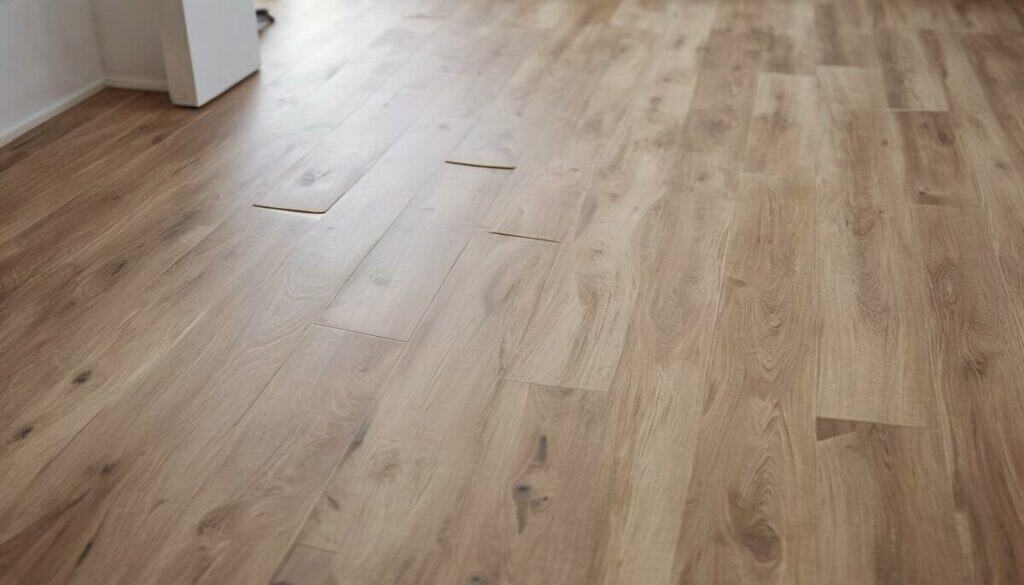
Choosing the Design of Your Laminate Flooring
Before installing your laminate flooring, take time to choose a design that matches your home’s style. Laminate comes in a wide range of finishes, from wood-grain patterns to stone, concrete, and brick effects — making it suitable for any room, including kitchens, living areas, and bathrooms.

Consider plank width, color, and texture. Light or whitewashed tones suit contemporary spaces and make rooms feel larger, while warm neutrals, hazelnut shades, and industrial-style finishes work well in cozy or minimalist interiors.
Laminate planks typically cost around $10 per square foot, with premium options offering textures that mimic real hardwood or ceramic tile. Use a flooring calculator to estimate how many planks you’ll need.
With so many styles available, choose the look that best reflects your home and personal taste.
To stagger laminate flooring you have to follow the specific instructions provided by the manufacturer. Then, clean the room, prepare the subfloor, add an underlayment sheet, climatize and lay down the planks to complete the installation process.
The Plan for Perfectly Staggered Laminate Planks (8 Steps)
Staggering your laminate planks is essential. Without proper staggering, a floating floor can look repetitive and uneven, and it may lack the strength and stability needed to stay locked in place. Over time, this can lead to loose boards, gaps, lifting planks that need fixing, and sections that shift away from the walls.
To avoid these issues, follow these 8 steps to stagger your laminate planks correctly and achieve a stable, professional-looking installation:
Step 1: Follow the Manufacturer’s Installation Instructions
Before you begin staggering your laminate planks, review the manufacturer’s installation guide. Each flooring brand may have specific requirements for expansion gaps, approved underlayment, moisture barriers, and click-lock or tongue-and-groove systems. Following these guidelines saves time, prevents costly mistakes, and ensures your flooring meets warranty and safety standards.
Always follow the manufacturer’s instructions!
Step 2: Prepare the Room Before Installation
Before installing your laminate flooring, clear the room of any obstacles. Remove baseboards or skirting boards, old transition strips, and any exposed nails, staples, or carpet tack strips using a pry bar or utility knife. Creating a clean, unobstructed workspace will make the installation much smoother.
Next, clean the subfloor thoroughly. Sweep the area and vacuum using a HEPA-filter vacuum cleaner to remove dust, debris, and fine particles that could interfere with the underlayment or locking system. A clean, debris-free surface helps ensure your laminate planks sit flat and lock together properly.
Step 3: Prepare and Level the Subfloor
Preparing the subfloor is crucial — if this step is done incorrectly, the entire installation can fail. Your subfloor must be flat, smooth, clean, and structurally firm before laying laminate.
At this stage, place a few laminate planks on the subfloor to check for movement or rocking. This helps you identify uneven spots and gives you a quick preview of how the flooring will sit.
Use a spirit level, bubble level, or laser level to check the floor’s flatness. The bubble should sit as close to center as possible. If you notice dips or high spots, use a self-leveling compound, floor patch, or sanding tools to correct the surface before continuing.
Step 4: Install the Underlayment Sheets
Choosing the right underlayment is essential, as it acts as the foundation of your laminate flooring. Quality underlayment provides thermal insulation, sound reduction, and a moisture or vapor barrier, while also smoothing out minor subfloor imperfections.
Roll out the underlayment across the subfloor, keeping a small expansion gap along the walls. Depending on the type you’re using — such as foam, cork, felt, or combination underlayment with a built-in vapor barrier — you may need to tape the seams with underlayment tape to create a continuous protective layer. Use a utility knife to trim the material around corners, vents, and door frames.
Underlayment varies widely in price: basic foam underlayment can cost around $0.50–$1.00 per square foot, while thicker options like cork or plywood underlayment may range from $1.50–$3.00 per square foot.
Always follow the manufacturer’s instructions to ensure you’re using the correct underlayment for your specific laminate flooring system.
Step 5: Climatize Laminate Planks Before Installation
Place your laminate planks in the same room where they will be installed and let them acclimate for at least 48 hours. During this period, the boards adjust to the room’s temperature, humidity, and overall indoor climate, which can slightly change their width or moisture content.
This acclimation step prevents issues such as expansion, contraction, warping, or gapping after installation — especially important for laminate with an HDF core or boards containing natural wood fibers.
Keep the boxes flat, unopened, and stored on a dry, level surface. Use a hygrometer or thermometer to ensure the room maintains stable conditions during this time.
While the planks acclimate, you can prepare other areas of your home or plan additional flooring updates if needed.
Step 6: How to Lay the First Row of Planks
With your prep work complete, you can begin installing the first row of laminate planks. Because most laminate boards come in a uniform length, the key to creating a natural staggered pattern is trimming and cutting planks to the correct size so the end joints don’t align.
Start on the left side of the room and work toward the right, placing the cut edge of the first plank against the starting wall. Use spacers to maintain a proper ½-inch expansion gap around the perimeter. A tape measure, pencil, and carpenter’s square will help ensure accurate cuts and alignment.
As you lay the first row, make sure each plank locks firmly into the click-lock system (or tongue-and-groove edges, depending on your flooring type). Use a tapping block and rubber mallet to gently close any small gaps between the end joints, ensuring the seams are tight, straight, and fully engaged.
A perfectly aligned first row is essential — it sets the reference line for the rest of your laminate floor installation.
Step 7: How to Stagger the Second and Third Rows
With the first row complete, the second row should be easier to install. Use the offcut from the last plank of Row 1 to start Row 2, as long as it provides a proper stagger distance (typically 6–12 inches). Continue laying planks from left to right, making sure the end joints do not align with those in the previous row.
To create a natural and irregular stagger pattern, avoid using the end cut from Row 2 to start Row 3 — this can lead to H-joints or step patterns, which weaken the floor and create visible repetition. Instead, begin Row 3 with a freshly cut plank at a different length to maintain variation and distribute weight across the click-lock system.
After completing the third row, you can use its offcut to start Row 4, as long as it meets the minimum stagger requirement. Keep checking that all end joints are tight and that each plank locks securely into the tongue-and-groove or click-and-lock mechanism. Hold each board at a slight angle (around 45°) before snapping it into place.
If you’re installing laminate that requires adhesive instead of click-lock, use the recommended glue type — PVA glue for wood-based laminates or cement-based adhesive for vinyl and synthetic boards. Use a tapping block and rubber mallet with light pressure to ensure tight seams without damaging the planks.
Maintaining proper spacing, joint variation, and secure connections will give your laminate floor a strong, stable, and professional staggered layout.
Step 8: Cutting and Installing the Final Row of Planks
The final row is often the most challenging part of laminate installation because the remaining gap is usually too narrow for a full-width plank. Measure the space carefully and trim the planks to size using a jigsaw, table saw, or laminate cutter fitted with a fine-tooth blade.
If the wall isn’t perfectly straight, scribe the plank to match its shape before cutting. Once trimmed, angle the board into the click-lock system and use a pull bar and rubber mallet to lock it tightly into place while maintaining the perimeter expansion gap.
Should you cut slightly too much, small gaps can be filled later with wood filler or matching flooring putty before reinstalling the baseboards or quarter-round molding.
Why Proper Staggering Matters
Besides looking a little odd, not staggering laminate flooring can create many crucial issues.
For example, firmness and endurance; if the laminate planks are not firmly secured to one another they can disengage. To make sure that structural stability is satisfactory and the flooring is safe, we need to follow all of the steps for proper staggering. If you are still not sure about doing it yourself, just get an estimate from a local company, just make rouse they have good reviews.
As for the aesthetics aspect of the staggering, if the flooring is not staggered (or properly staggered for that matter) it will flat out look weird!
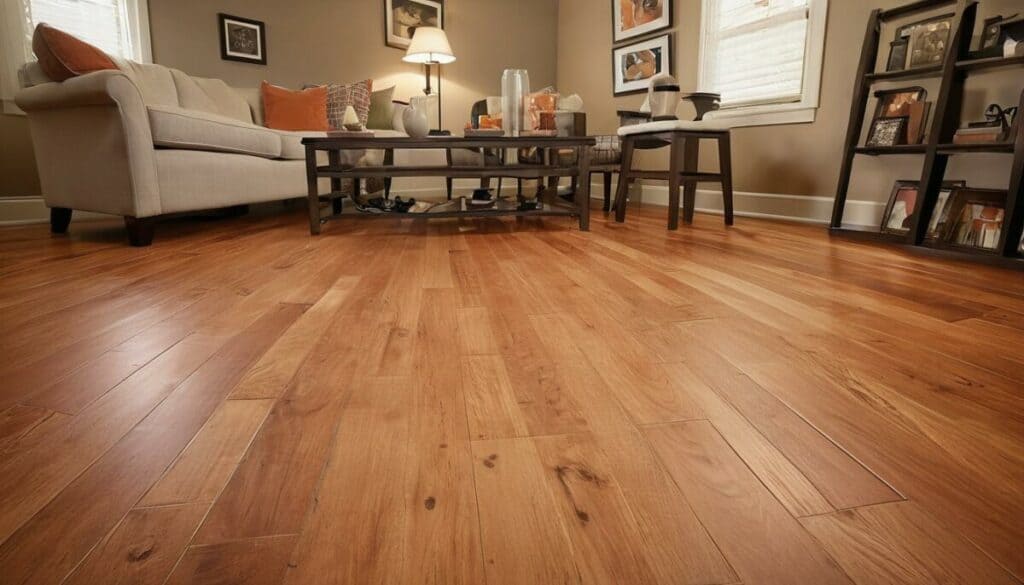
Installing a laminate floor is like putting together a puzzle, but in this case, you can make the pieces fit to your own style. You can simply add an area rug, this will change the style completely.
Correct staggering provides a safe flooring, that will stay in place for a long time which is why we hope these tips will drive you to follow the manufacturer’s instructions!
Good luck with your installation! Once your new floor is down, be sure to follow a routine for deep cleaning laminate floors so they stay in great condition for years.
References
https://www.bobvila.com/articles/laminate-vs-hardwood/
https://www.thespruce.com/laminate-flooring-pros-and-cons-1821644

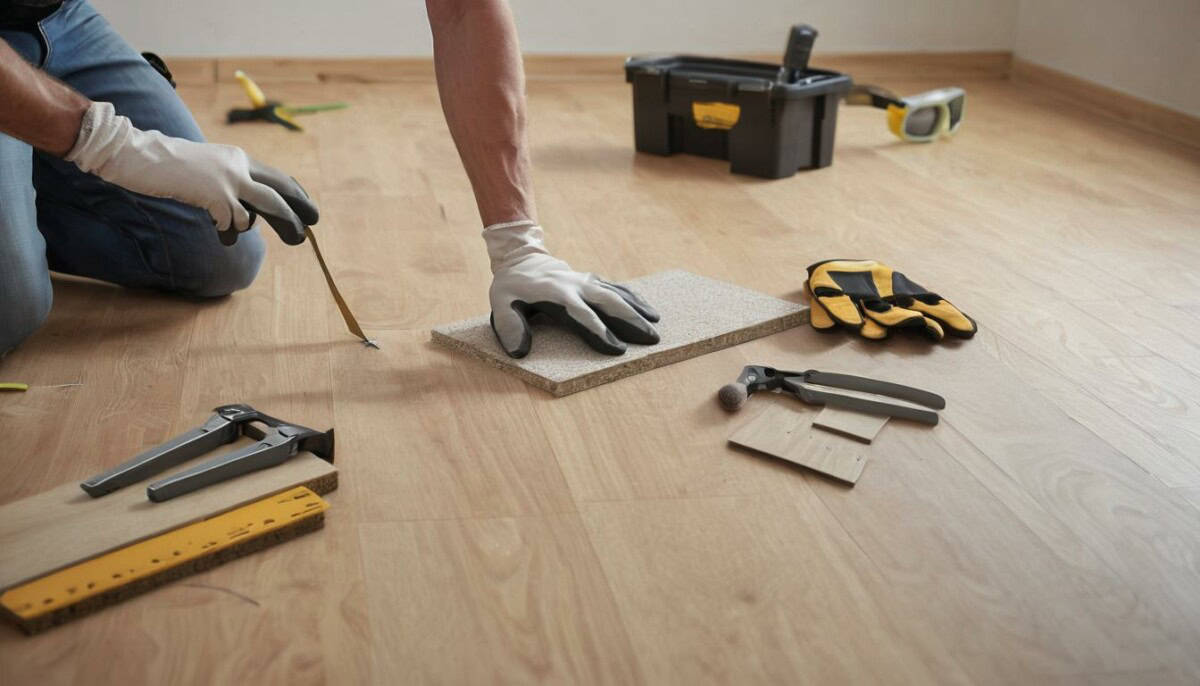
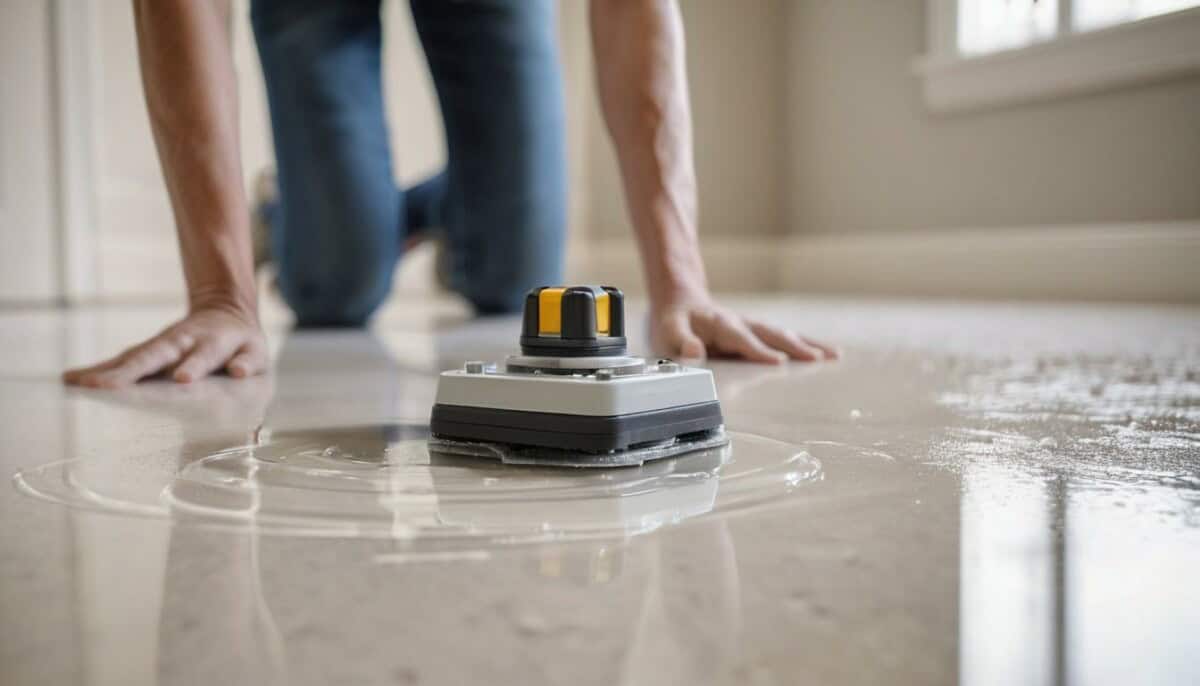
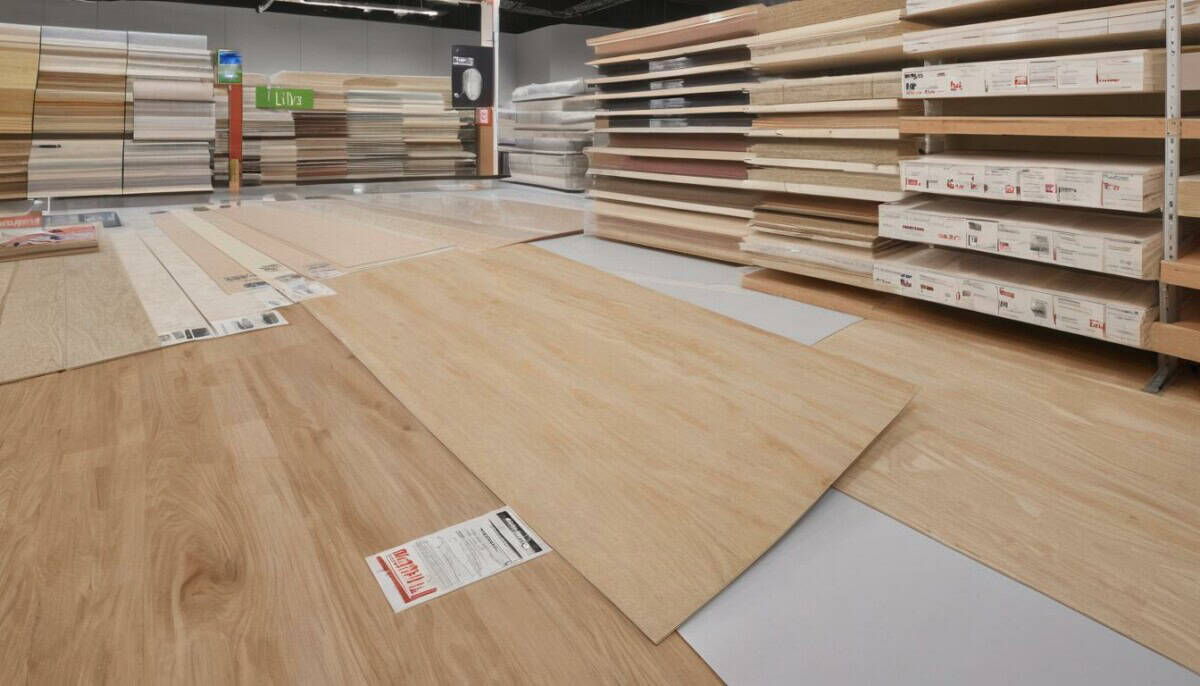
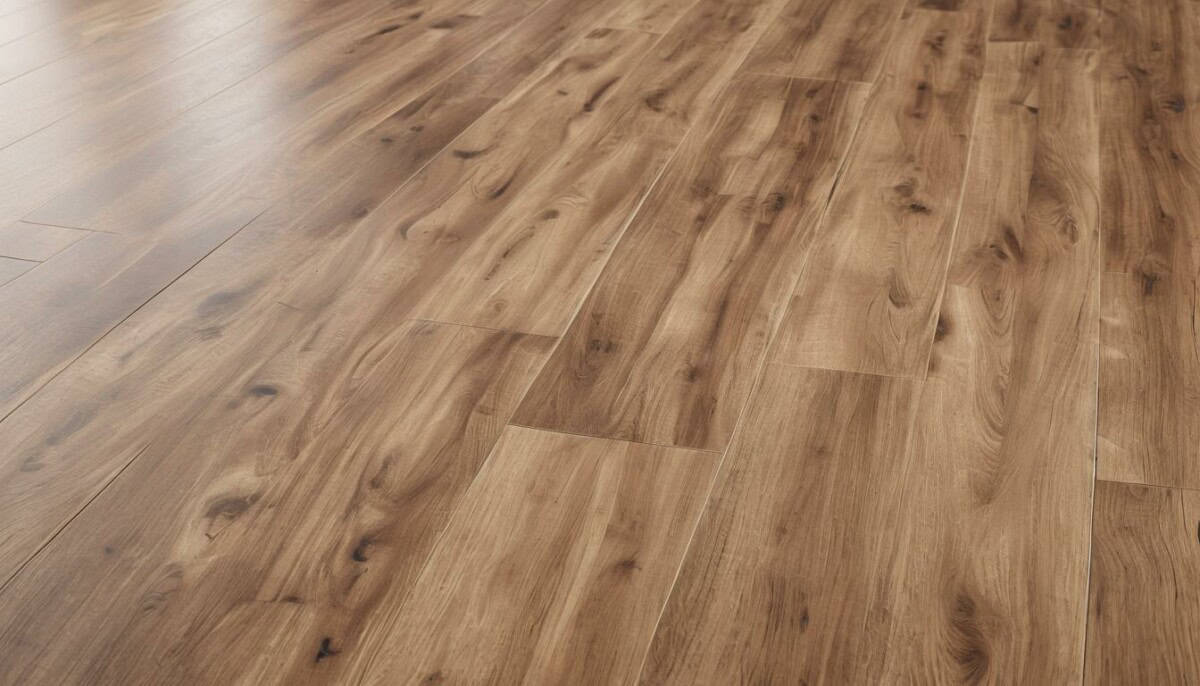
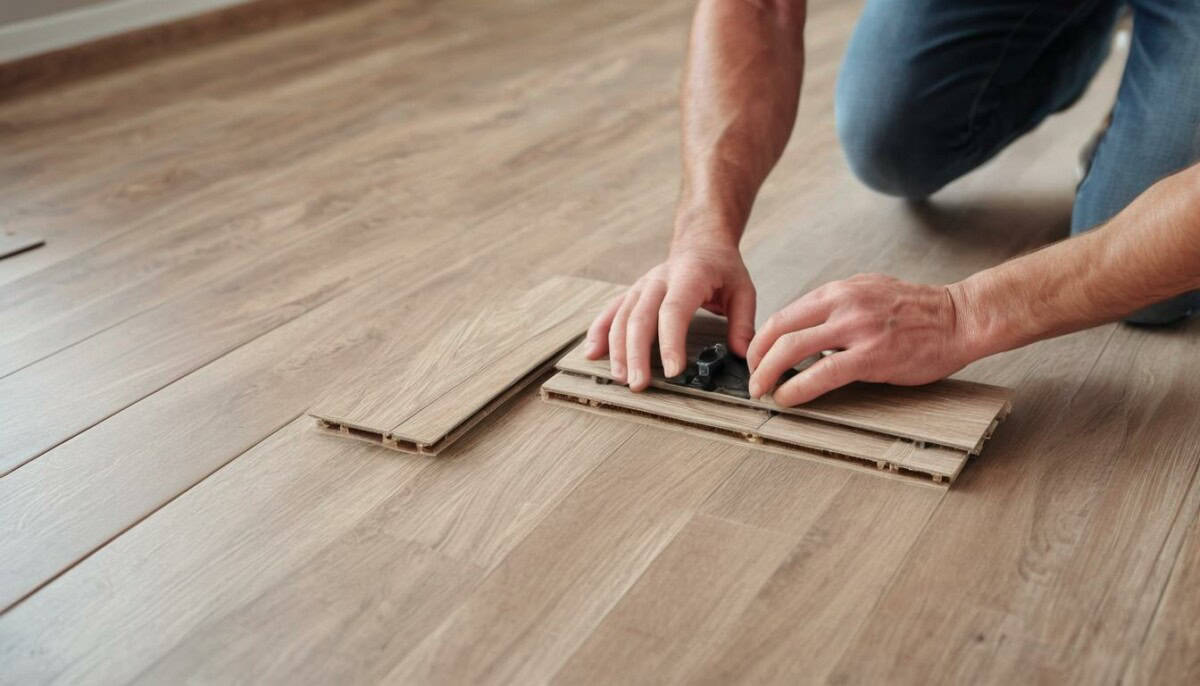
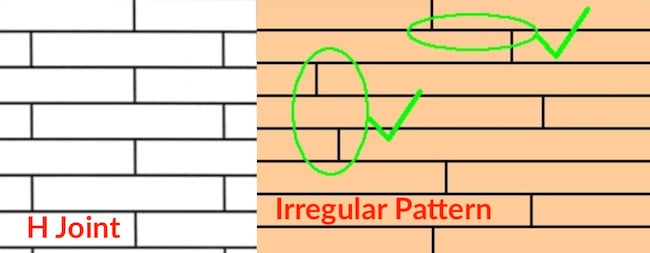
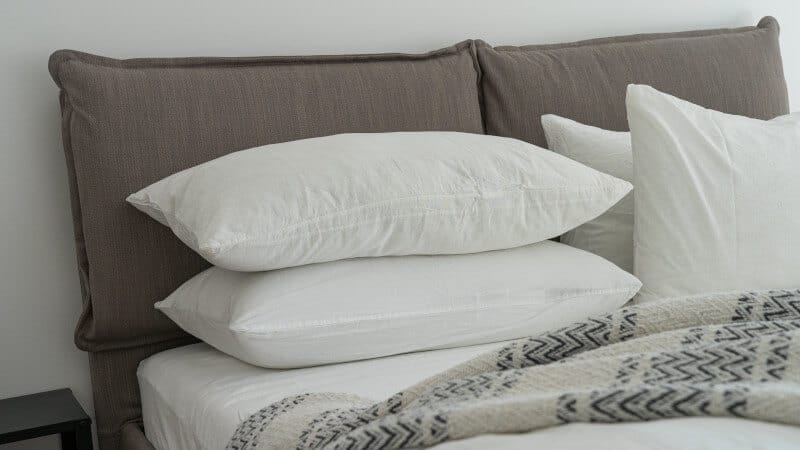



When I installed laminate flooring in my daughter’s room, I meticulously followed the staggering principle, ensuring that the joints do not line up from row to row. The outcome was a stable, sturdy, and elegant laminate flooring that earned me some respects from neighbors and friends.
In my several decades as an architect, I have a different stance towards laminate flooring. While its design flexibility and low maintenance can be appealing, the quality often varies which leads to problems down the line. The notion of affording stability by proper staggering of laminate floors is a fragmentary view. If we put into perspective the long term, other flooring options such as classic hardwood or tiles might be more cost-effective due to their durability.
While I greatly respect your architectural perspective, Quincy, in my practical experience hardwood and tiles also come with their own handful of issues such as water damage and tedious installation. Laminate flooring, particularly when laid properly, can offer a visually pleasing and durable solution for many homeowners.
I totally agree with you Nash, as a retired engineer who spent most of his career dealing with different type of flooring, I can affirm that laminate flooring is indeed a great alternative. It offers an impressive balance of durability, aesthetic appeal, and easy maintenance. However, it’s crucial to remember the importance of professional installation to prevent warping and ensure longevity.
I remember when I first installed laminate flooring at my place, saved myself some money by not going for professional installers. It took me a weekend full of sweat and quite a few YouTube tutorial videos but I did manage to get it right, staggering and all. The satisfaction at the end was worth it!
That’s the spirit, Harbor. The satisfaction of completing a DIY project successfully is invaluable. Remember though, it’s also crucial to assess your own skills realistically before going DIY; laminate flooring installation can be complex for first-timers.